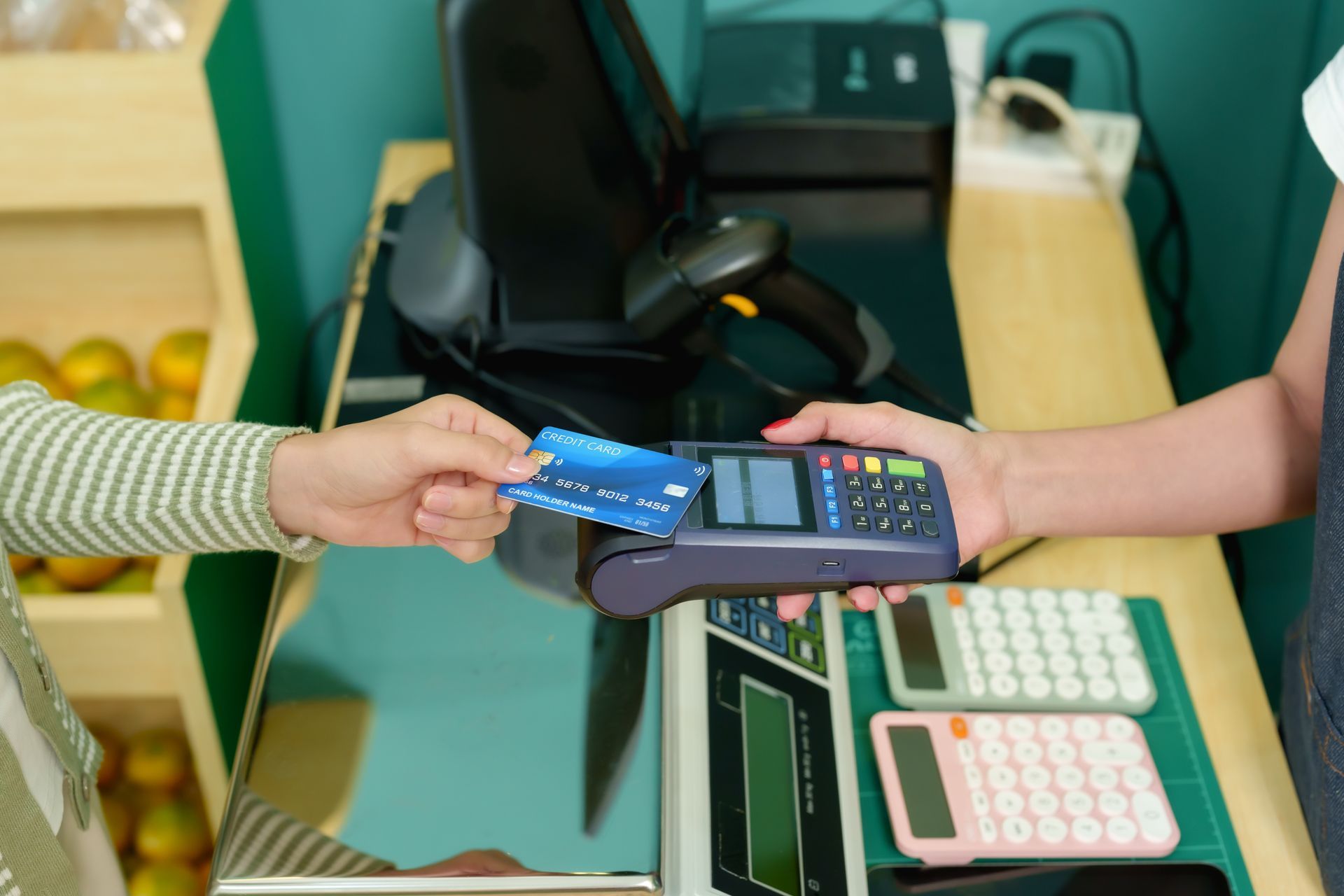Winning Digital Advertising Strategy: How to Reach, Engage & Grow
The right marketing strategy is key to attracting new customers and growing your business. In today’s digital landscape, including digital advertising in your marketing strategy is an absolute must.
Worldwide, the digital advertising market is now worth nearly $700 billion, and companies just keep investing more in these channels. Don’t miss out on the opportunities that digital advertising campaigns offer — learn how to build your digital strategy in this guide.
Understanding Digital Advertising
Digital advertising encompasses a wide range of digital marketing channels and strategies. It’s all about paid promotion on the internet instead of through traditional channels like television, radio, or print advertising.
Part of what makes digital advertising so unique is that it can be accessible and effective for brands of any size, in any industry. Giants like Coca-Cola and Nike use digital advertising, but so do super-small businesses — and it works for them all.
Types of Digital Advertising
There are many different types of digital advertising, so you have options no matter what your goals or requirements are.
Consider popular forms of digital advertising such as:
- Display advertising: Display ads appear on webpages and apps around the content the user is browsing. For example, banner ads that show up above or to the side of a blog article are display ads.
- Video advertising: Video ads promote a product using videos that are anywhere from a couple of seconds to more than an hour long (though most are on the shorter side). They may appear before another video starts playing or alongside other types of digital content.
- Social media advertising: Social media ads are paid promotions on platforms like Facebook and Instagram. They show up in users’ feeds alongside organic content and native advertising and can include images, text, or videos, depending on the platform.
Other types of digital marketing, like search engine optimization, content marketing, and email marketing, can also help you build your online presence and connect with your target audience.
How to Create a Digital Advertising Strategy: 5 Tips
Before you start drafting any ad designs or messages, you need a strong digital advertising strategy in place. But what is a digital marketing strategy? It’s your brand’s plan for leveraging digital channels to achieve goals like driving traffic to your website or increasing your conversions. Your strategy will guide your decision-making through every step of your campaigns.
Here’s how to create a marketing strategy for your brand.
Know Whom You're Talking To
Start by asking yourself whom you’re advertising to. While there are billions of internet users, you can’t reach them all, and you shouldn’t try. Instead, narrow your focus to a specific target.
Who are they? What are their wants, needs, and interests? What do they have in common?
A deeper understanding of your target audience will make it much easier to create ads that resonate with those customers. Specifically, think about the challenges that your business can help them overcome. Ads that speak to those pain points will be more engaging than generic ads that aren't designed with a specific audience in mind.
If you’re not sure who your target audience should be, look at your existing data. Try to find things your customers have in common. You can also analyze your competitors’ audiences on social media to get an idea of who’s interested in content related to your industry or services.
Assess What You Have
Don’t jump right into creating new assets for your digital marketing campaigns. You may already have existing resources that you can repurpose to save time and money.
Look at the content your business has already made, like the text and images on your website. You may even have a catalog of professional photos that have never been published. Tap into those while creating your digital ads.
It’s also important to get an idea of the current market landscape within your industry and region. Digital ad platforms can be competitive, so take stock of what other businesses are doing to give yourself a starting point.
Determine What You Want to Achieve
Next, clarify exactly what you want to accomplish through digital advertising. There are lots of different targets you can pursue with digital ads, but it’s worth narrowing it all down to one or two goals you’re focusing on.
Use the SMART framework to set useful goals: Make your goals specific, measurable, achievable, relevant, and time-bound. Communicate these goals to your whole team so everyone is on the same page while working on your digital advertising campaigns.
Track Your KPIs
There’s always room for improvement in digital advertising. And the best way to improve is by tracking and analyzing your performance over time. As you make adjustments, watch how they affect your campaign metrics to gauge whether you’re moving in the right direction.
Digital marketing tools can help you track key performance indicators (KPIs) such as:
- Website traffic: the number of visitors to your website
- Traffic sources: how people come to your website
- Click-through rate: the percentage of people who click on your ads
- Conversion rate: the percentage of people who view your ads and complete a desired action, like signing up for your email list or making a purchase
- Return on investment: the profits you generate due to your marketing efforts relative to how much you spend
Pay Special Attention to Visuals and Messaging
Even if all of the background work you do is great, your campaign will succeed only if your ads' design and messaging are compelling. Make sure your visuals are eye-catching and match your branding. Any images you use should be of a high quality and optimized for mobile devices.
Stick to clear, concise text to avoid overwhelming your audience. And make sure the call to action stands out to improve your conversion rate.
Balancing Owned, Earned, and Paid Media
When you discuss digital advertising, the focus is often on paid media. But really, a strong online marketing strategy balances paid media with owned and earned media, too.
Make sure your digital transformation involves all three:
- Paid: Companies pay to promote their products or services on third-party advertising platforms.
- Owned: Companies create and control these channels or pieces of content, such as their blog and email marketing list.
- Earned: Companies receive publicity or engagement from third-party sources that they did not pay. Earned media includes news stories, customer reviews, and online references to the business.
The advantage of having earned and owned media in addition to paid media is that you have more control and flexibility. You don’t have to rely solely on direct investments in third-party advertising platforms to promote your business.
Create Ads That Convert With Optimize Digital Marketing
A lot goes into a successful digital ad campaign. You need to develop your strategy, set a budget, create the ads, and monitor the results, making adjustments along the way. And the digital advertising landscape frequently changes, so it can be tricky to try to keep up.
Optimize Digital Marketing is here to help. With our digital advertising service, Optimize’s expert team will create and manage custom digital ad campaigns for your business. We make the experience as low-stress as possible.
Reach out today to start driving results with digital advertising.



